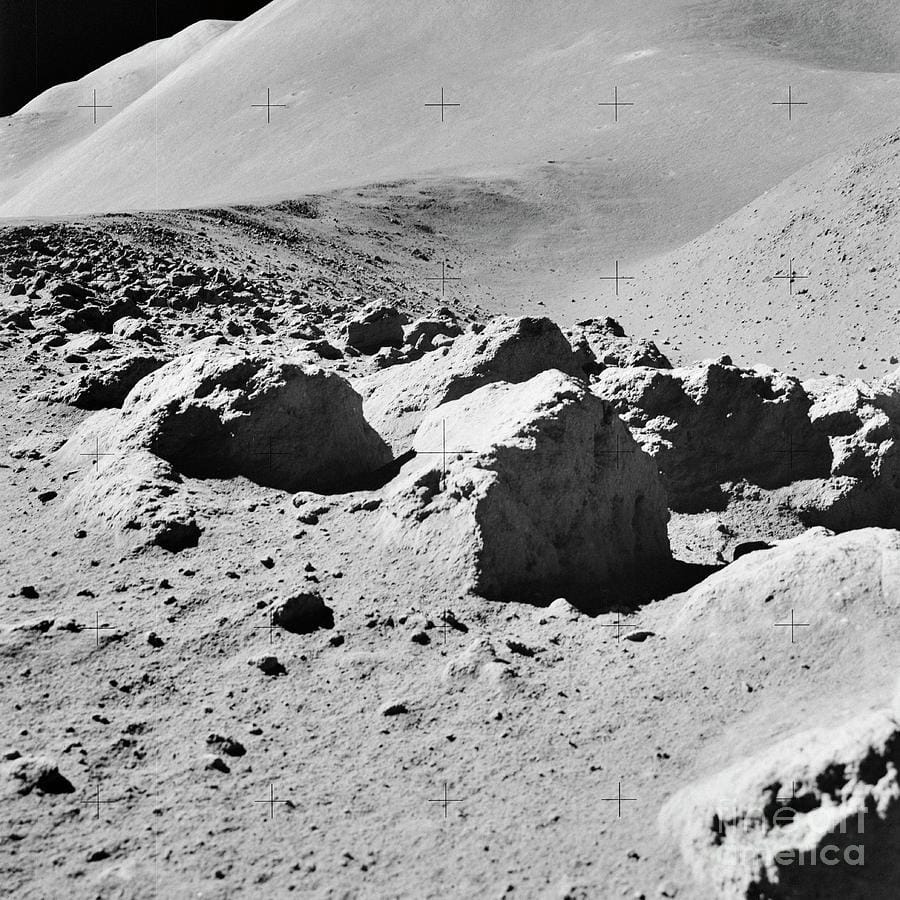The recent discovery of a large marine fossil in a Moroccan mine has captured the attention of paleontologists and fossil enthusiasts alike. This specimen, which has been informally referred to as an “ancient sea monster,” is believed to belong to a group of prehistoric creatures that roamed the oceans millions of years ago. The fossil’s size and condition have led to considerable interest, but it has also raised several red flags regarding its authenticity and the methods used for its extraction.
The fossil was found in a region known for its rich geological history, which has yielded numerous significant paleontological finds in the past. Morocco’s fossil-rich deposits are often sought after by collectors and researchers, making the discovery of a new specimen particularly noteworthy. However, the circumstances surrounding the extraction of this fossil have prompted experts to question its provenance. Concerns have been raised about the potential for illegal fossil trading and the impact of mining activities on the preservation of such important specimens.
Paleontologists emphasize the importance of proper excavation techniques and documentation when it comes to fossil discoveries. The extraction of fossils from their natural environment must be conducted with care to ensure that the context in which they are found is preserved. This context is crucial for understanding the ecological and evolutionary history of the species. In this case, the lack of detailed information about how the fossil was removed from the mine has led to skepticism among some experts.
Moreover, the condition of the fossil itself has been a topic of discussion. While the size and features of the specimen suggest it could be a significant find, experts are concerned that the fossil may have been damaged during the mining process. Fossils are often fragile, and any mishandling can result in the loss of valuable information. The potential for restoration and preservation techniques to be applied to the fossil is also a point of contention, as some believe that the integrity of the original specimen may be compromised.
In addition to concerns about the fossil’s authenticity and preservation, the discovery has sparked a broader conversation about the ethics of fossil collection and trade. The demand for fossils has led to a thriving black market, where specimens are often sold without proper documentation or regard for their scientific value. This situation poses a significant threat to the field of paleontology, as it undermines the ability of researchers to study fossils in their original context.
The scientific community is calling for increased regulation and oversight of fossil extraction practices, particularly in regions like Morocco where valuable specimens are frequently unearthed. Experts argue that a collaborative approach involving local governments, researchers, and fossil collectors is essential to ensure that fossils are collected responsibly and ethically. This collaboration could help protect important paleontological sites and promote sustainable practices that benefit both science and local communities.
As the debate continues, the Moroccan fossil has become a focal point for discussions about the future of paleontological research and the importance of ethical practices in the field. The excitement surrounding the discovery is tempered by the need for caution and critical examination of the methods used to obtain such specimens. The potential implications of this find extend beyond the fossil itself, as it raises questions about the broader practices of fossil collection and the responsibilities of those involved in the field.
In conclusion, while the discovery of the ancient marine fossil in Morocco is undoubtedly significant, it serves as a reminder of the complexities and challenges faced by the scientific community. The red flags raised over the authenticity and preservation of the specimen highlight the need for careful consideration of ethical practices in fossil collection. As researchers continue to investigate the origins and significance of this find, the hope is that it will lead to a greater understanding of prehistoric marine life and the importance of protecting our planet’s geological heritage.


